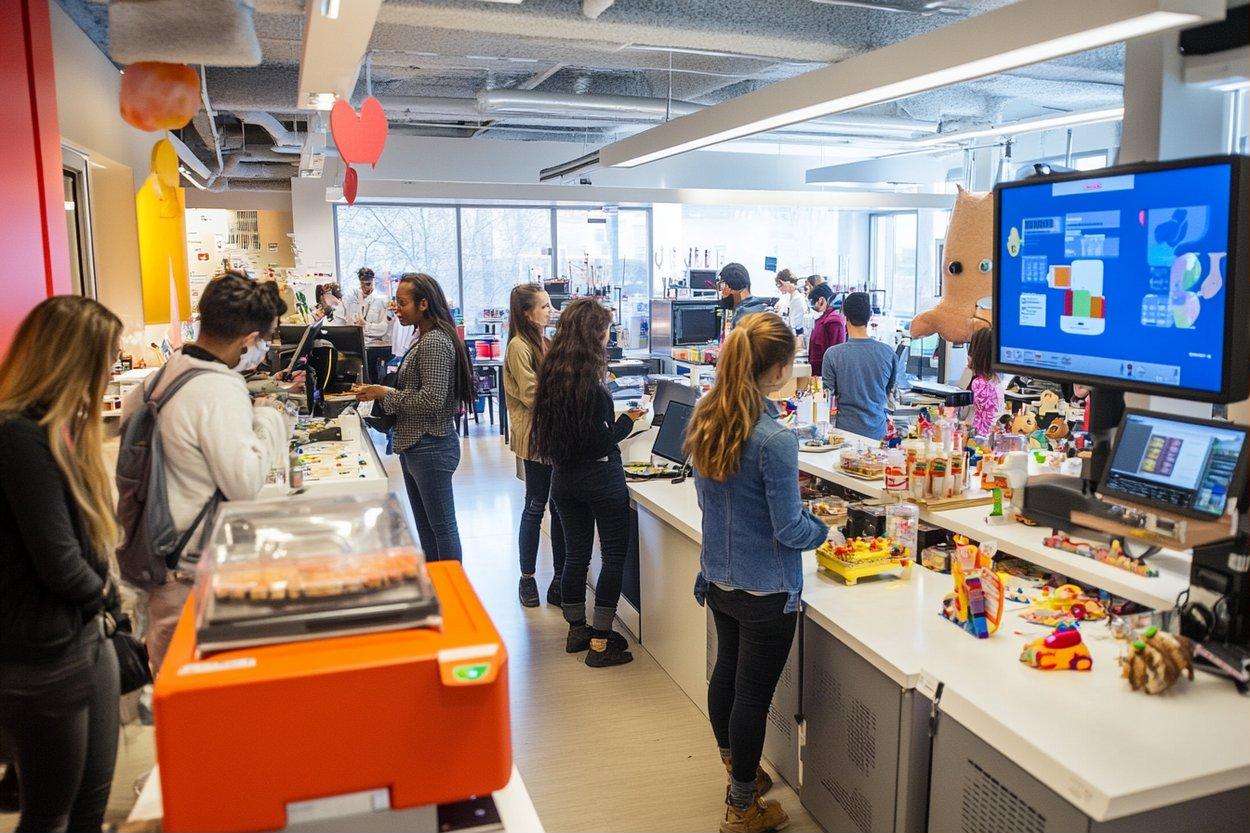Art School’s Role in Shaping Public Art and the City
Art school is more than technique and critique; it’s a training ground for artists who want to shape public space, influence urban life, and collaborate with civic institutions. Students learn studio practice, conceptual development, community engagement, and the technical skills necessary to participate in large-scale projects. This foundation prepares graduates to contribute meaningfully to public art, mural projects, and city-focused initiatives that require both creativity and practical navigation of policy and planning.

Public art: what art school teaches
Art schools introduce students to the history, ethics, and logistics of public art practice. Coursework often covers site analysis, materials suitable for outdoor works, and the cultural meanings of placing art in shared spaces. Studio critiques and project courses emphasize how artworks communicate to diverse audiences, while seminars address issues such as accessibility, safety, and long-term maintenance—essential concerns when an artwork will live in a public realm.
How art school informs urban planning
Art schools increasingly collaborate with urban planning programs to teach students how art fits into larger city systems. Interdisciplinary projects may pair artists with planners to explore placemaking, pedestrian flows, and adaptive reuse of spaces. These experiences develop skills in proposal writing, stakeholder negotiation, and understanding planning processes—so graduates can propose public art that complements transit, green spaces, and neighborhood revitalization without undermining broader urban goals.
Art school, community, and collaboration
Community engagement is central to many public art curricula. Students learn participatory methods—workshops, co-design sessions, and oral history gathering—that center local voices. These approaches build trust and ensure projects respond to community needs rather than imposing outside aesthetics. Courses also cover ethical collaboration, contracts, and navigating community advisory boards so artists can work responsibly and sustainably with neighborhoods and local organizations.
Mural practice and technical training
Mural projects are common public art opportunities, and art schools teach the practical skills muralists need: large-scale drawing, surface preparation, weather-resistant materials, and safe scaffold or lift operation. Beyond technique, students study permissions, site assessment, and documentation for portfolios. Mural courses often include collaboration with local businesses or municipal mural programs, giving realistic experience in public-facing projects that require coordination and adherence to local regulations.
Preparing to work in the city arts scene
Art school prepares students for careers across the city arts ecosystem—public artist, project manager, curator, cultural planner, or educator. Professional practice courses cover grant writing, budgeting, contracts, and partnerships with local services and city departments. Internships with arts organizations, municipal cultural affairs offices, or community groups provide on-the-ground knowledge of how projects get commissioned, approved, and funded, and sharpen the soft skills needed to work across sectors.
Public art projects often involve funding and infrastructure considerations. Graduates benefit from understanding how to pursue public commissions, from seed grants to municipal public art programs. They also learn about lasting stewardship: establishing maintenance plans, collaborating with conservators, and designing for durability to ensure a work remains a positive asset in the urban landscape. These practical lessons bridge artistic intent and real-world feasibility.
Conclusion
Art school equips artists with a mix of creative, technical, and professional skills necessary to contribute to public art, collaborate with urban planners, and engage communities in meaningful ways. Whether focusing on murals, site-specific installations, or cross-disciplinary urban projects, graduates who combine thoughtful practice with knowledge of city systems can help shape more inclusive, vibrant public spaces.






